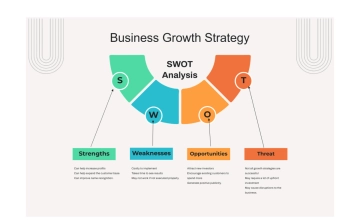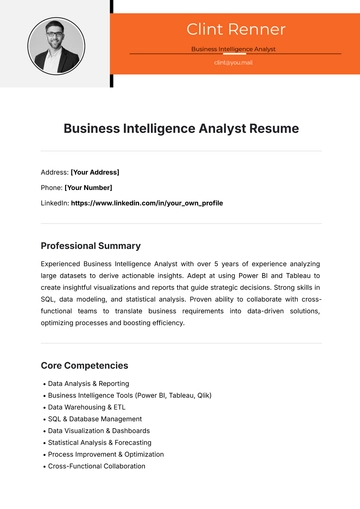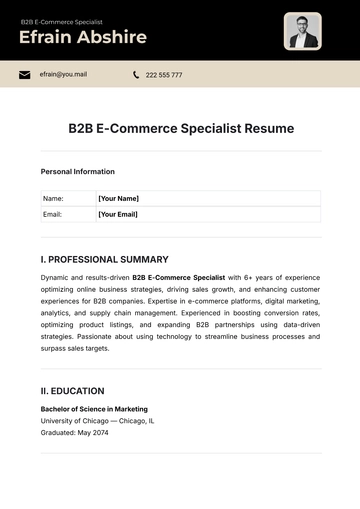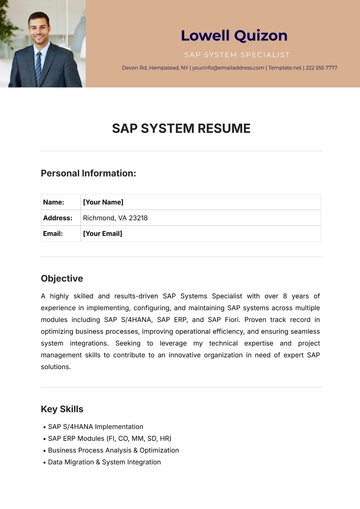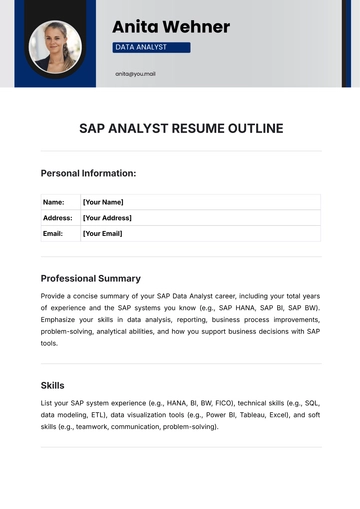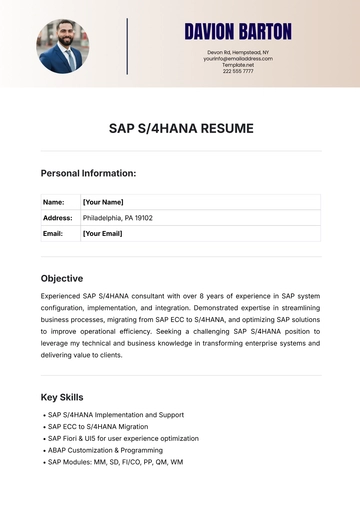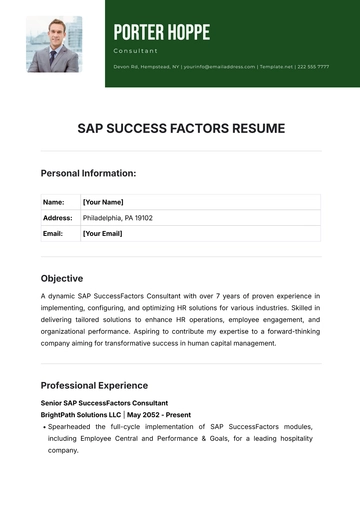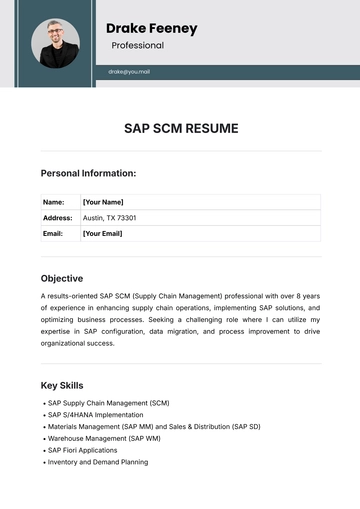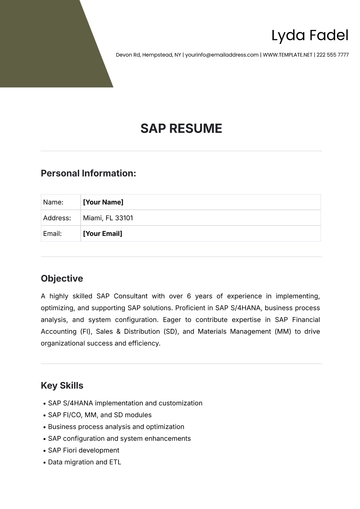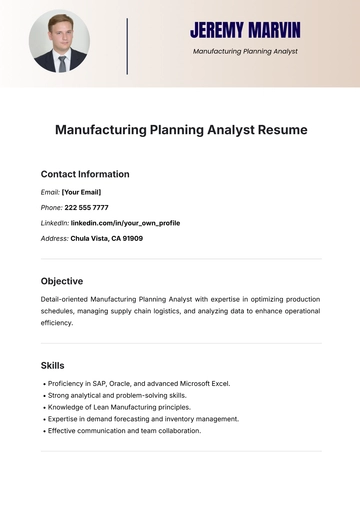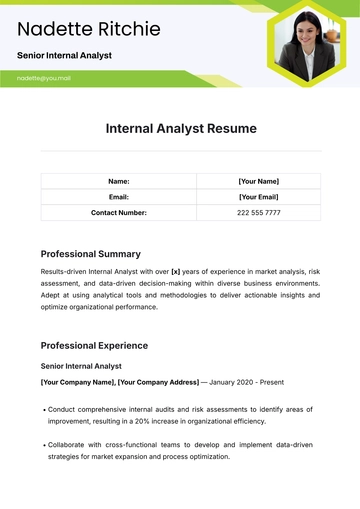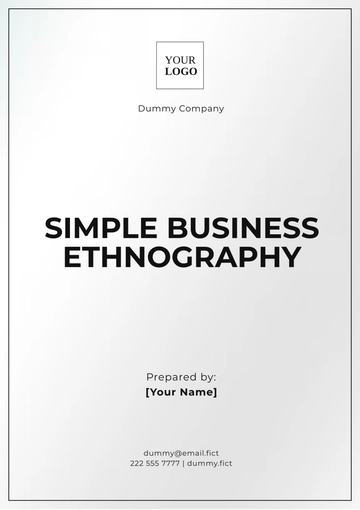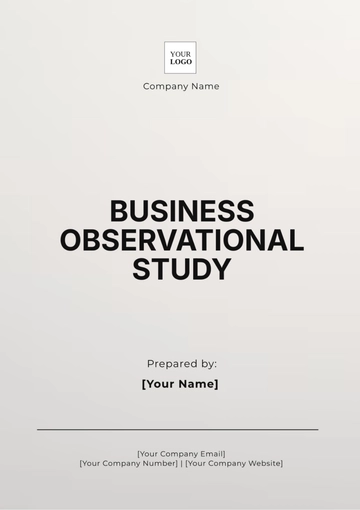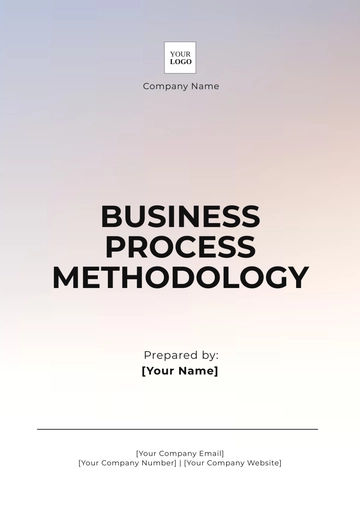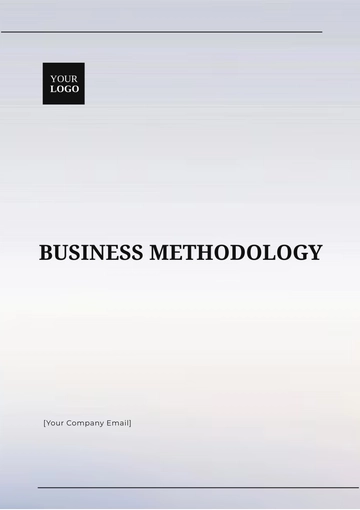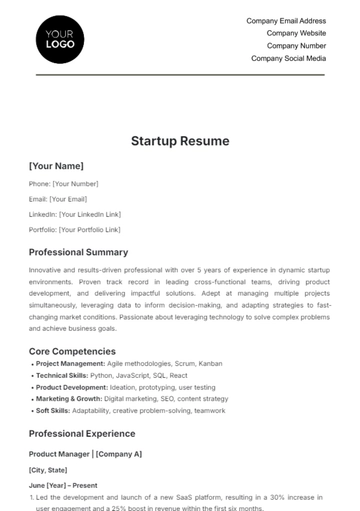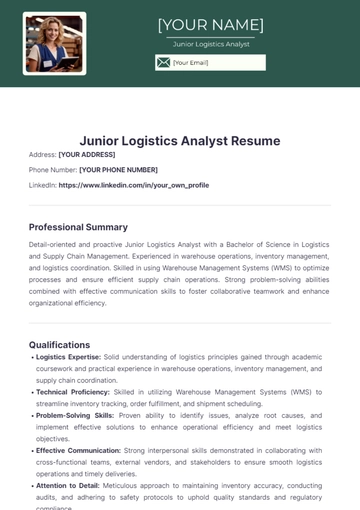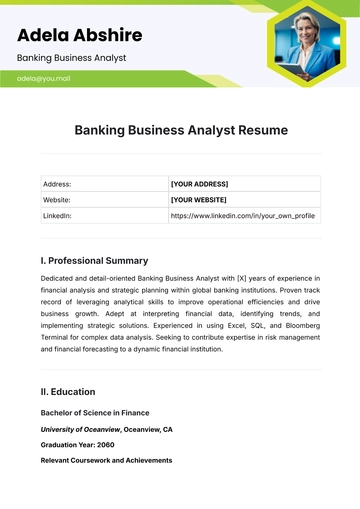Free Business Valuation
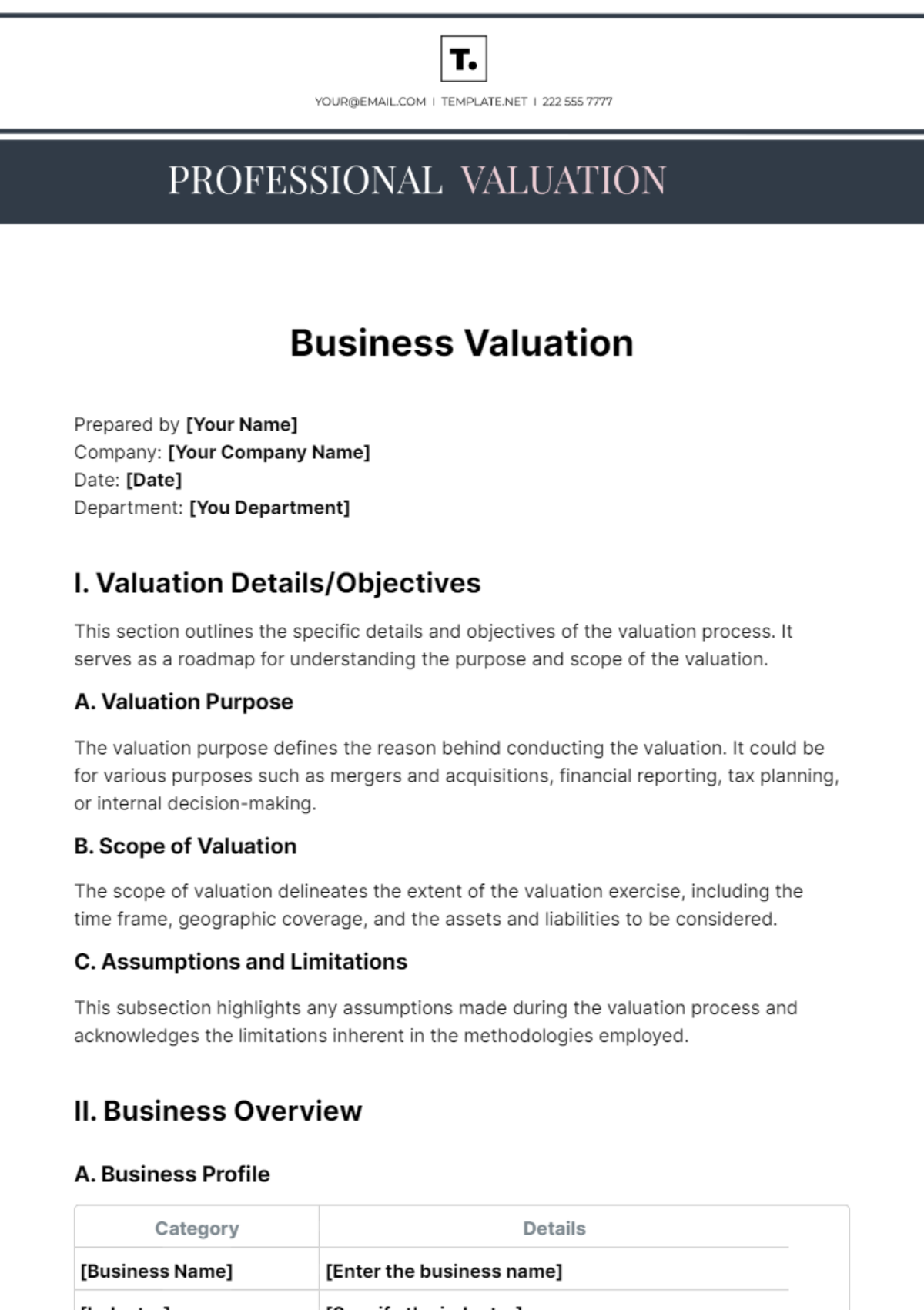
Prepared by [Your Name]
Company: [Your Company Name]
Date: [Date]
Department: [You Department]
I. Valuation Details/Objectives
This section outlines the specific details and objectives of the valuation process. It serves as a roadmap for understanding the purpose and scope of the valuation.
A. Valuation Purpose
The valuation purpose defines the reason behind conducting the valuation. It could be for various purposes such as mergers and acquisitions, financial reporting, tax planning, or internal decision-making.
B. Scope of Valuation
The scope of valuation delineates the extent of the valuation exercise, including the time frame, geographic coverage, and the assets and liabilities to be considered.
C. Assumptions and Limitations
This subsection highlights any assumptions made during the valuation process and acknowledges the limitations inherent in the methodologies employed.
II. Business Overview
A. Business Profile
Category | Details |
|---|---|
[Business Name] | [Enter the business name] |
[Industry] | [Specify the industry] |
[Location] | [Location of the business] |
[Year Established] | [Year the business was established] |
[Legal Structure] | [Legal structure of the business] |
B. Financial Highlights
Category | Details |
|---|---|
[Revenue] | [Total revenue for the specified period] |
[EBITDA] | [Earnings Before Interest, Taxes, Depreciation, and Amortization] |
[Net Income] | [Net income for the specified period] |
[Assets] | [Total assets of the business] |
[Liabilities] | [Total liabilities of the business] |
III. Valuation Methods
A. Comparable Company Analysis (CCA)
This method involves comparing the target company to similar publicly traded companies in terms of size, industry, growth prospects, and other relevant factors.
Company Name | Market Cap ($) | Revenue ($) | EBITDA ($) | Price/Earnings Ratio |
|---|---|---|---|---|
[Company 1] | [Market Cap] | [Revenue] | [EBITDA] | [P/E Ratio] |
[Company 2] | [Market Cap] | [Revenue] | [EBITDA] | [P/E Ratio] |
[Company 3] | [Market Cap] | [Revenue] | [EBITDA] | [P/E Ratio] |
[Company 4] | [Market Cap] | [Revenue] | [EBITDA] | [P/E Ratio] |
[Company 5] | [Market Cap] | [Revenue] | [EBITDA] | [P/E Ratio] |
B. Discounted Cash Flow (DCF) Analysis
This method estimates the present value of the business by forecasting future cash flows and discounting them back to their present value.
Year | Cash Flow ($) | Discount Factor | Discounted Cash Flow ($) |
|---|---|---|---|
[Year 1] | [Cash Flow Year 1] | [Discount Factor] | [Discounted Cash Flow Year 1] |
[Year 2] | [Cash Flow Year 2] | [Discount Factor] | [Discounted Cash Flow Year 2] |
[Year 3] | [Cash Flow Year 3] | [Discount Factor] | [Discounted Cash Flow Year 3] |
[Year 4] | [Cash Flow Year 4] | [Discount Factor] | [Discounted Cash Flow Year 4] |
[Year 5] | [Cash Flow Year 5] | [Discount Factor] | [Discounted Cash Flow Year 5] |
C. Asset-Based Valuation
This method determines the value of the business based on the net value of its assets minus liabilities.
Assets | Value ($) |
|---|---|
[Asset 1] | [Asset Value] |
[Asset 2] | [Asset Value] |
[Asset 3] | [Asset Value] |
[Asset 4] | [Asset Value] |
[Asset 5] | [Asset Value] |
IV. Conclusion
This section provides a summary of the valuation analysis and the estimated value of the business derived from the methodologies employed. It encapsulates the findings and recommendations resulting from the valuation process.
- 100% Customizable, free editor
- Access 1 Million+ Templates, photo’s & graphics
- Download or share as a template
- Click and replace photos, graphics, text, backgrounds
- Resize, crop, AI write & more
- Access advanced editor
